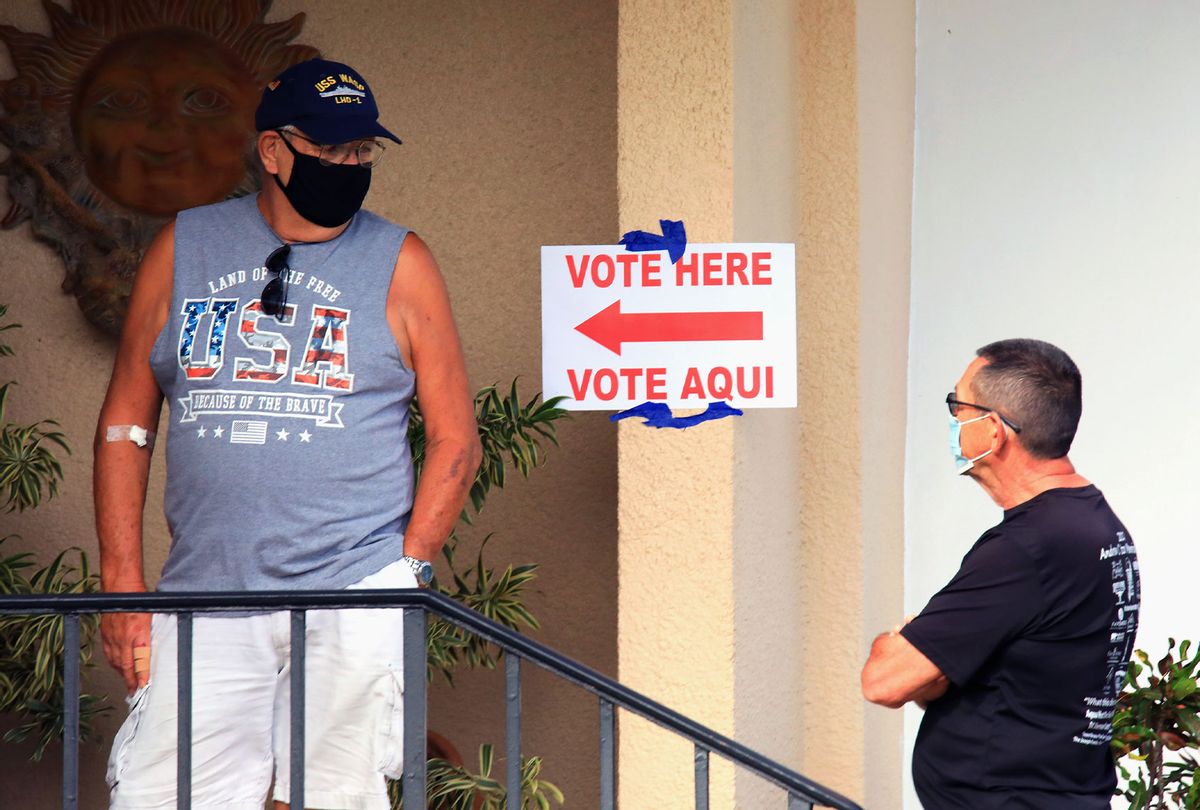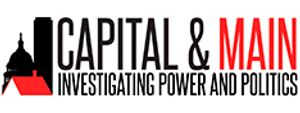When the story of the highly fraught and surprising 2020 election is told, one chapter might get lost: that the threat of unrest at the polls — or worse — did not happen as Trump's promised army of poll watchers turned out to be more talk than action.
Though the Brookings Institution saw the prospect of violence at the polls as being particularly high, and the National Guard was put on standby to quell potential unrest, acts of conflict were not especially greater in number or severity than in any other year, election watchers agree.
SeeSay2020, a map of crowdsourced incidences of voter suppression, showed fewer than 200 acts of voter intimidation during Election Day and early voting across the U.S. These ranged from people with Trump flags in parking lots of polling places to overactive electioneering to the perennial robocall scams. By far the most incidents were reported in Florida, followed by Texas and Pennsylvania, three hotly contested swing states.
Susanne Pari, spokesperson for SeeSay2020, said in an email that intimidation was "routine," but claimed there was an "added weapon" of masklessness. "Voters and poll workers were afraid to enter certain polling places where Republican workers and officials purposely weren't wearing masks," she said.
In Philadelphia, where President Trump repeatedly told his "people" to watch the polls because "very bad" and unspecified things were happening, the bad things that actually occurred were typical: long lines of frustrated voters, polling places slow to open and some malfunctioning machines.
Deepak Puri, the architect of SeeSay2020, agreed that the incidents seemed pretty typical. "What's more interesting is the concentration of incidents in Black counties and those most hurt by COVID," he told Capital & Main in an email.
Josh Ellis, owner of MyMilitia, who previously warned that militia members would be on the lookout for disruption by Antifa and Black Lives Matter supporters, on Tuesday night credited plainclothes militia for the relative calm at the polls.
"We were out there watching for problems and some of us were official poll watchers," Ellis said, noting that camo and semi-automatics were not common. "Going in with guns antagonizes people. That's what we're trying to change in the militia movement, to make it more like an organization for everyman."
But other election watchers credit a vast network of voter advocates on the ground, not undercover militia members, for the relative calm. "In addition to election officials, we saw a big mobilization by communities of color to bring people to the polls and ensure all voters had a good experience," said Suzanne Almeida, interim executive director of Common Cause Pennsylvania. "There were many people trained in de-escalation of conflict, so small incidents didn't blow up."
For the most part, acts of intimidation happened far outside the polls. In the week leading up to the election, "Trump Trains" of supporters in pickups festooned with Trump flags caused mayhem in several locations. In Texas, a caravan surrounded a Biden-Harris campaign bus, forcing staffers to cancel events for the day, an incident that Trump boasted about, rather than condemned, at his rallies.
In New Jersey, a caravan of pro-Trump vehicles stopped traffic on the Mario Cuomo Bridge on the Garden State Parkway. In Indianapolis, a pro-Trump caravan slowed traffic on a local expressway. A Trump caravan in Louisville, Kentucky, was blocked by protesters in a high school parking lot where they had gathered. Possibly the most disturbing action happened the weekend before Election Day, when sheriff's deputies in Alamance County, North Carolina, pepper-sprayed a group including children, who were marching to the polls and holding a get-out-the-vote rally.
But as many breathe a sigh of relief about a lack of violent protest at the polls, the nation is not out of the woods. Early on Wednesday morning, President Trump declared victory, even though many battleground states were not called and millions of votes were uncounted. He claimed fraud, without evidence, and vowed to let the Supreme Court settle the matter.
And while there was little evidence of voter intimidation, Trump supporters in Detroit on Wednesday were allegedly engaging in a different form of election intimidation by trying to stop ballot tabulation in that crucial city.
Copyright 2020 Capital & Main




Shares